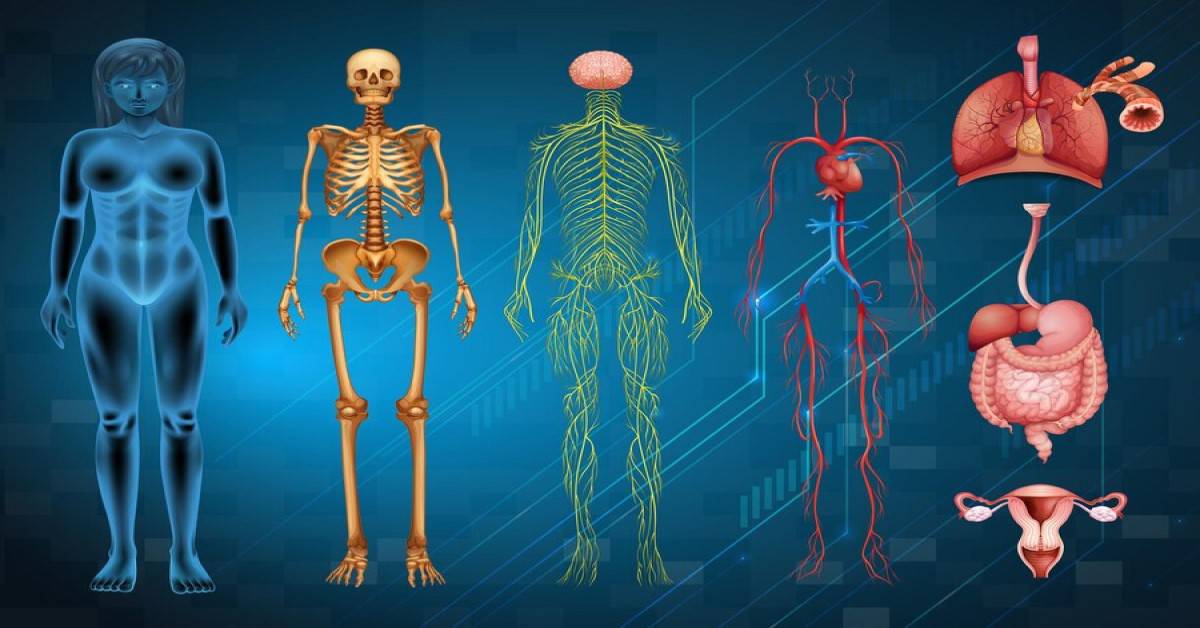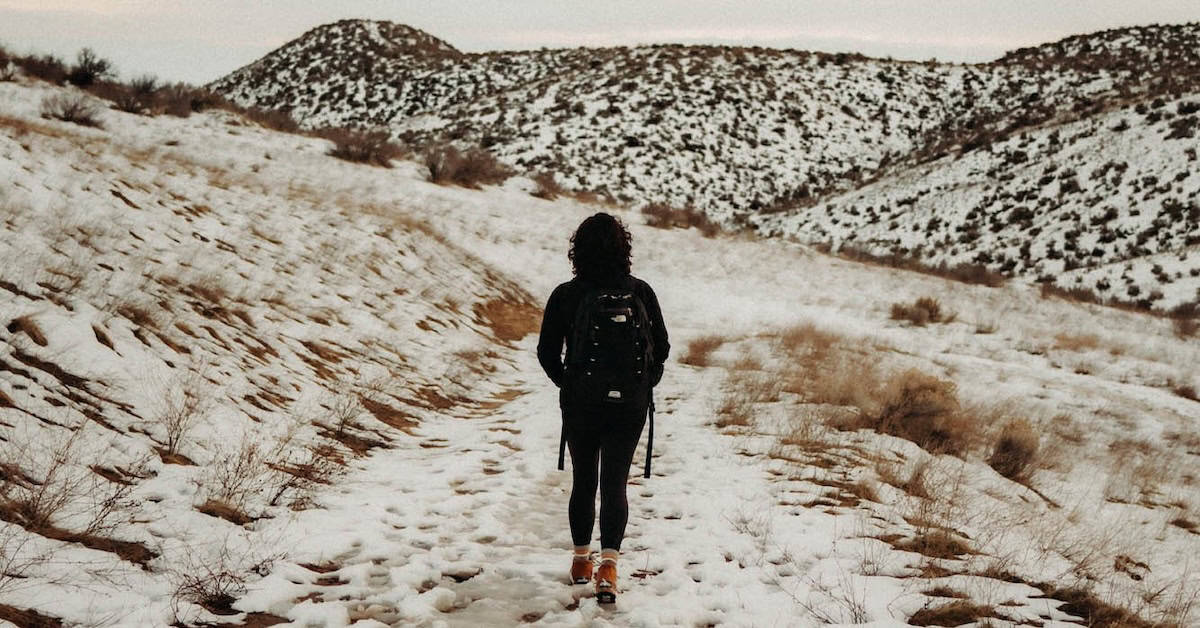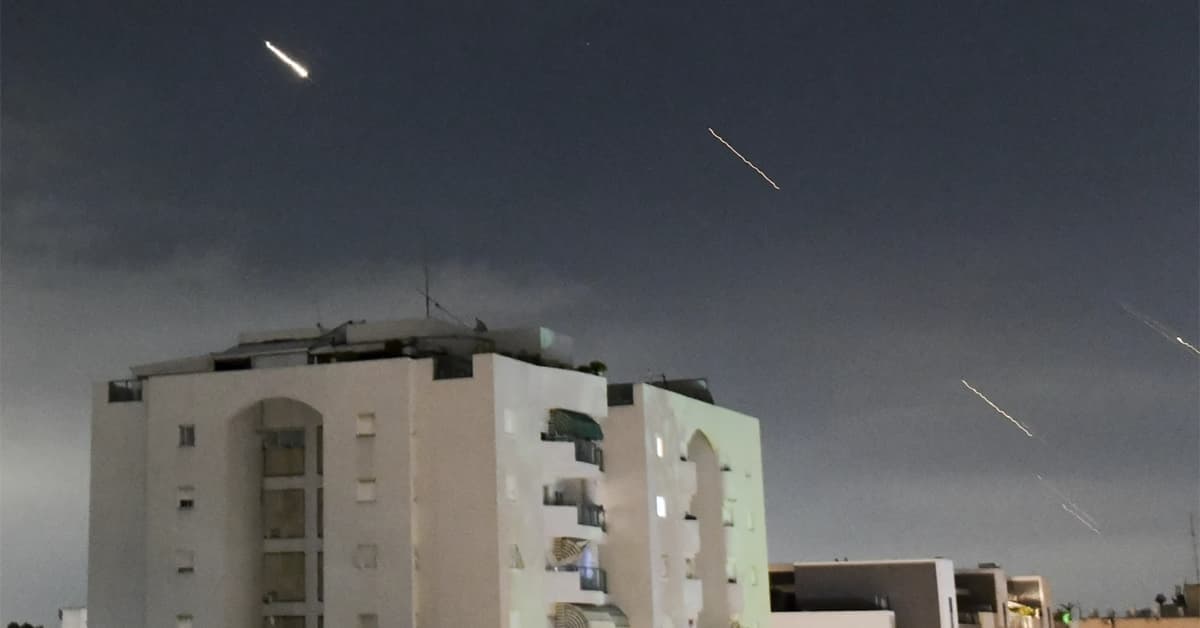Much has been made of the February 22, 2020, Satartia, Mississippi, carbon dioxide (CO2) pipeline rupture that sickened and nearly killed many people. Besides numerous media reports at the time, the Huff Post’s seven-thousand word article, The Gassing of Satartia” by Dan Zegart, is a prime example; on May 10, 2023, National Public Radio broadcast the program “A rupture that hospitalized 45 people raised questions about CO2 pipelines’ safety.” This was not the first time that pipeline has leaked. In 2011, the same pipeline suffered a significant CO2 “blowout” in which the gas exploded out of the ground along with water, mud and drilling fluids. This took 37 days to bring under control, sickened one worker, and killed deer, birds, fish, and other animals.
NPR, Huff Post, and other media ask a very legitimate question: given the Satartia incident, and indeed other CO2 blowouts that led to fines against operators, how safe would the proposed 60,000+ miles of CO2 pipelines across the U.S. be? After all, with Infrastructure Bill and Inflation Reduction Act money flowing into carbon capture pilot projects, we will soon see CO2 pipelines crisscrossing the country.
For example, a December 2020 Princeton University study promotes a 65,000-mile system by 2050, which means building a new 60,000 miles of pipe to add to the current 5,000 miles of CO2 pipeline. As shown in the following image, the new system would include trunk lines as large as four feet in diameter, double that of the Satartia pipeline, fed by many smaller spur lines.
Princeton Net-Zero America Report
Even this 65,000 miles of pipeline would not be enough, according to a 2020 study in Biophysical Economics and Sustainability. The study reported that to have any effect on climate change “would entail CO2 pipeline capacity larger than the existing petroleum pipeline system,” about 2.6 million miles.
In “‘Useful Idiots’ Promote the Climate Scare by Supporting ‘Carbon Capture and Storage,’” part 1 of this article, on the America Out Loud platform, I explained why sequestering CO2 for climate change concerns makes no sense from both scientific and engineering perspectives and costs a fortune. Today, I will address the safety aspects.
Concerning the Satartia incident, many media reports, including that last week by NPR, neglected to mention that the CO2 in the pipeline that leaked contained a significant amount of hydrogen sulfide, H2S, which may have been the primary cause of most of the symptoms experienced. After all, H2S gas can be deadly even in the smallest quantities, and significant levels of the gas often kill the victim’s sense of smell. Therefore, the distinct “egg odor” should not be used as a measure of how much H2S gas is present.
The pipeline near Satartia contained H2S because the source of the CO2 — the Jackson Dome, an extinct volcano under Jackson, Mississippi which contains 4.6 trillion cubic feet of naturally occurring CO2 gas — has H2S in it. For people convinced that we face a CO2-induced climate crisis, and so want a net withdrawal of the gas from the atmosphere, there is obviously no point in taking CO2 from one geologic formation and simply moving it to another. And of course, they hate this approach when it is used for enhanced oil recovery (i.e., forcing more oil out of a reservoir by pumping high-pressure CO2 into it), as is usually the case today since more oil is then available for consumption later. Injecting CO2 into an otherwise depleted well can increase the yield up to 60%.
Climate activists want to use so-called carbon capture and storage (CCS) to collect CO2 from industrial activities, compress it and then pump it to a storage site where it is “sequestered” deep underground. This CO2 would likely be purer than that which leaked in Satartia and so may avoid the H2S problem they experienced.
But even concentrating and pumping relatively pure CO2 to storage sites is not without risk. It is not that the gas is in any way a pollutant. Except in extreme cases, the primary problem is that it is heavier than air, and so displaces the oxygen in the vicinity of the leak, leading to the suffocation of animals, including humans. That is why one of the problems with the Satartia leak was that automobiles inside the leakage zone stopped working, and people were trapped in their cars — internal combustion engines need oxygen to operate.
 To get an idea of the problems a large, relatively pure CO2 leak could cause, consider the “Lake Nyos Disaster.” On August 21, 1986, there was a sudden eruption of hundreds of thousands of tons of CO2 from Lake Nyos in northwestern Cameroon. Besides creating a 200-foot-high wave, the gas soared into the sky at about 60 mph and then, being heavier than air, quickly fell into nearby villages, displacing all the air and suffocating people and livestock within 16 miles of the lake. The final death toll was 1,746 people, and 3,500 livestock (right) were killed while they slept.
To get an idea of the problems a large, relatively pure CO2 leak could cause, consider the “Lake Nyos Disaster.” On August 21, 1986, there was a sudden eruption of hundreds of thousands of tons of CO2 from Lake Nyos in northwestern Cameroon. Besides creating a 200-foot-high wave, the gas soared into the sky at about 60 mph and then, being heavier than air, quickly fell into nearby villages, displacing all the air and suffocating people and livestock within 16 miles of the lake. The final death toll was 1,746 people, and 3,500 livestock (right) were killed while they slept.
Wikipedia reports:
“One survivor was Joseph Nkwain from Subum. He was awakened at about midnight by a loud noise. I could not speak. I became unconscious. I could not open my mouth because then I smelled something terrible . . . I heard my daughter snoring in a terrible way, very abnormal . . . When crossing to my daughter’s bed . . . I collapsed and fell. I was there till nine o’clock in the (Friday) morning . . . until a friend of mine came and knocked at my door . . . I was surprised to see that my trousers were red, had some stains like honey. I saw some . . . starchy mess on my body. My arms had some wounds . . . I didn’t really know how I got these wounds . . .I opened the door . . . I wanted to speak, my breath would not come out . . . My daughter was already dead . . . I went into my daughter’s bed, thinking that she was still sleeping. I slept till it was 4:30 p.m. in the afternoon . . . on Friday. (Then) I managed to go over to my neighbors’ houses. They were all dead . . . I decided to leave . . . . (because) most of my family was in Wum . . . I got my motorcycle . . . A friend whose father had died left with me (for) Wum . . . As I rode . . . through Nyos I didn’t see any sign of any living thing . . . (When I got to Wum), I was unable to walk, even to talk . . . my body was completely weak.” — From A. Scarth (1999)
While industry tells us that CO2 leakage from deep geologic storage appears to be unlikely, others are not so sure. For example, the 2021 paper, “Leakage risk assessment of a CO2 storage site: A review,” asserts that laboratory experiments “are still inconclusive.” At an operational onshore gas field with CO2 injection in Salah, Algeria, an injection was suspended in June 2011 because of concerns about seal integrity, fractures, and leakage into the caprock.
Leakage during the pumping of captured CO2 to the storage site, sometimes hundreds of miles away, as happened in the Satartia episode, is far more likely. After all, the CO2 is compressed into a liquid (a “supercritical fluid”) and is pumped through pipelines under very high pressure, 700 PSI higher than natural gas. So the pipeline walls have to be thicker than other types of pipelines, negating the possibility of using natural gas pipelines. And, if contaminated with even small amounts of water, something that research shows is particularly likely to happen in commonly-used CO2 capture techniques, the CO2 in these pipelines becomes corrosive and will eat through the carbon steel used in pipelines designed to pump petroleum. This is another reason CO2 pipelines have to be manufactured to a higher standard.
The Huff Post article explains,
“A rupture in this kind of pipeline sends CO2 gushing out [click on this link to see a CO2 pipeline rupture!] in a dense, powdery white cloud that sinks to the ground and is cold enough to make steel so brittle it can be smashed with a sledgehammer [embrittlement].”
“Because of the intense pressures involved, explosive decompression of a CO2 pipeline releases more gas, more quickly, than an equivalent explosion in a gas pipeline,” noted a report by CIEL and the Environmental Working Group, and “even a modest rupture can spread freezing CO2 over a wide area within seconds.”
When “carbon sequestration” is used for enhanced oil recovery, it is probably worth the risk, provided pipelines and sequestration sites are kept as far as possible from heavily populated areas. However, when simply used to store CO2 underground due to climate concerns, called “Dedicated Geological Storage,” there is no benefit since it is clear that the gas is no threat to the climate.
In conclusion, I find myself in the unusual situation of being in partial agreement with some environmentalists who oppose CO2 pipelines as well as the Huff Post, which wrote,
“Our investigation reveals that such pipelines pose threats that few are aware of and even fewer know how to handle.”
“Nevertheless, Biden’s climate team; his Department of Energy and three of its former secretaries; most utilities; the coal industry and the governments of several coal states; ExxonMobil, the rest of Big Oil and other major industrial corporations; several climate NGOs; the AFL-CIO; and a bipartisan group that spans both houses of Congress all support CCS and the pipeline expansion in some form.
“Korc of the WHO [Marcelo Korc, chief of the World Health Organization’s Climate Change and Environmental Determinants of Health Unit] worried that the basic science done long ago on many toxic chemicals, including petroleum products, has never been done for CO2.
“The exposure studies simply don’t exist,” he said.
Clearly, such studies need to be done before more CCS pipelines are built.
Image: USGS


























